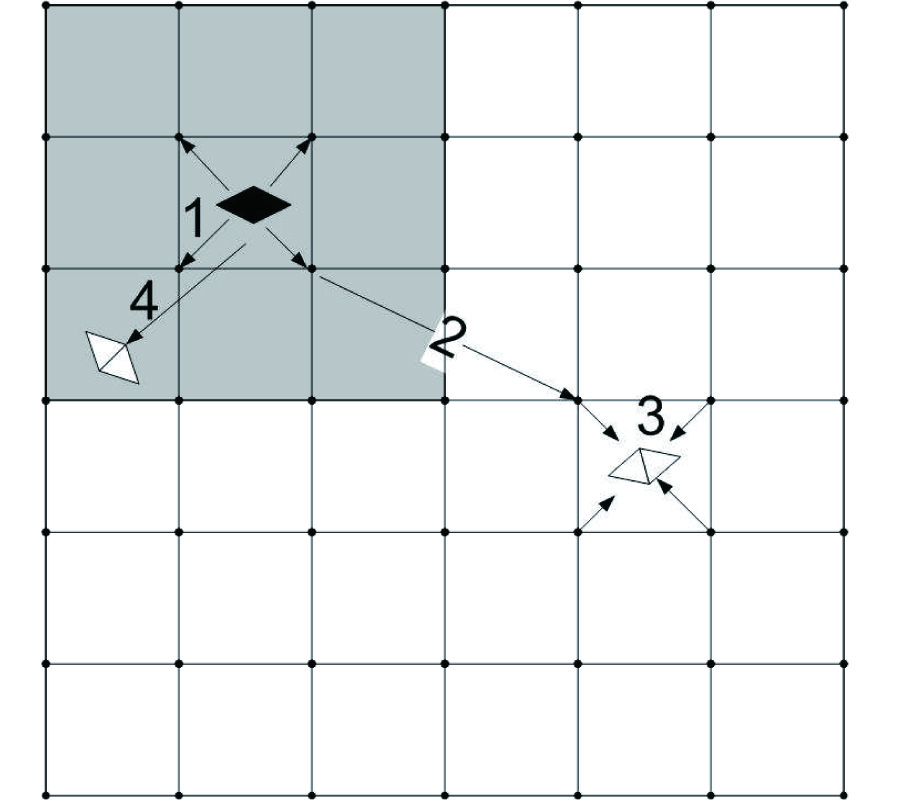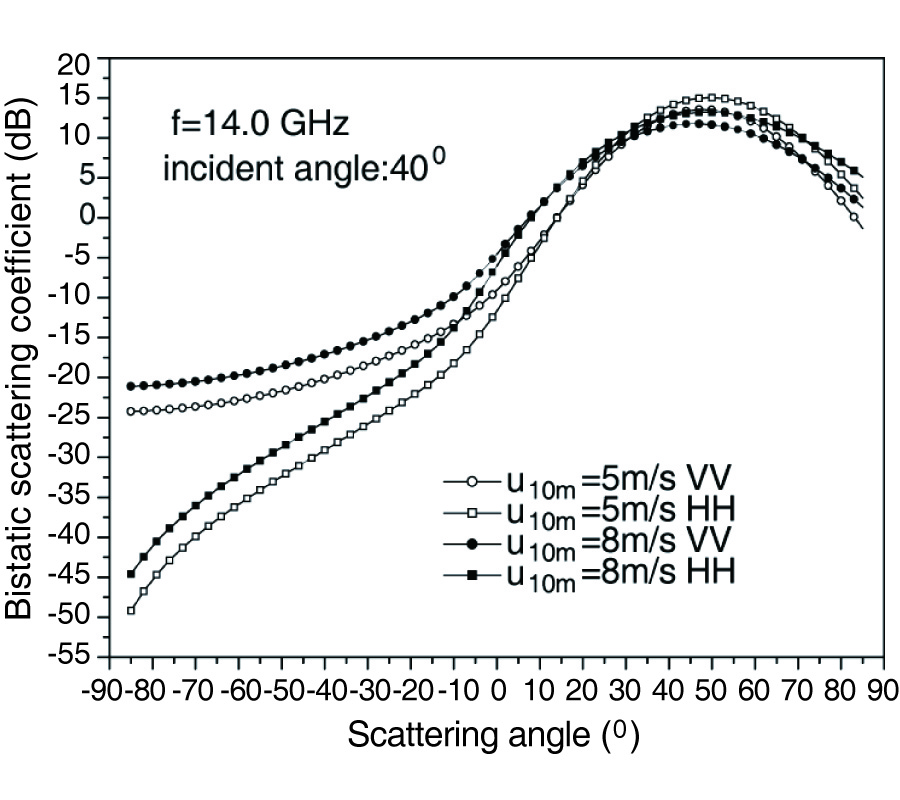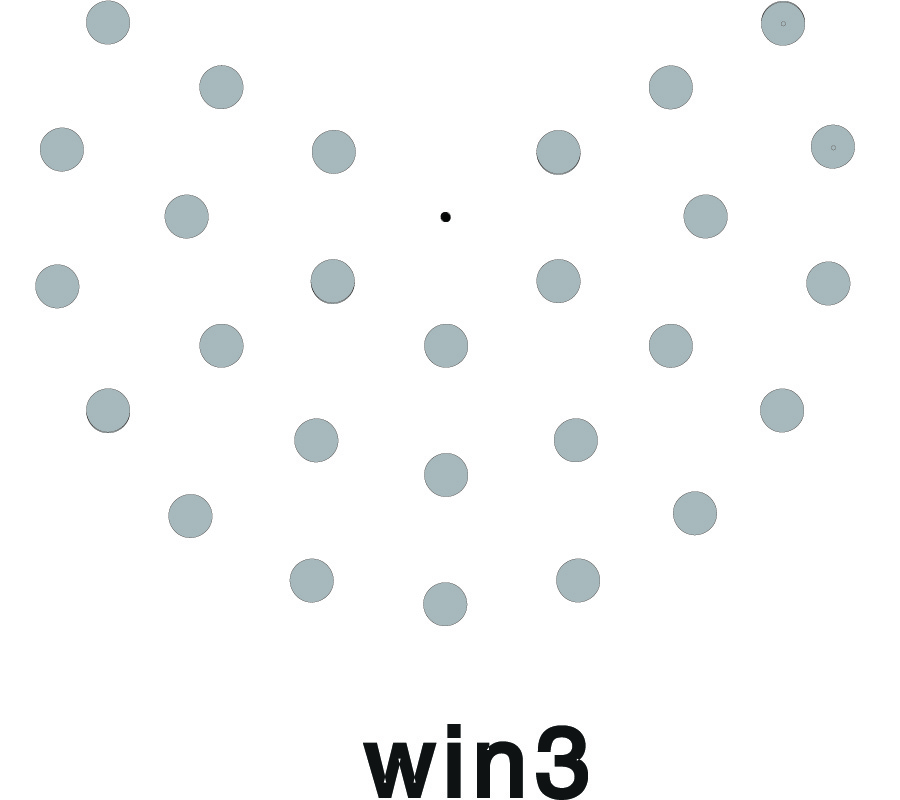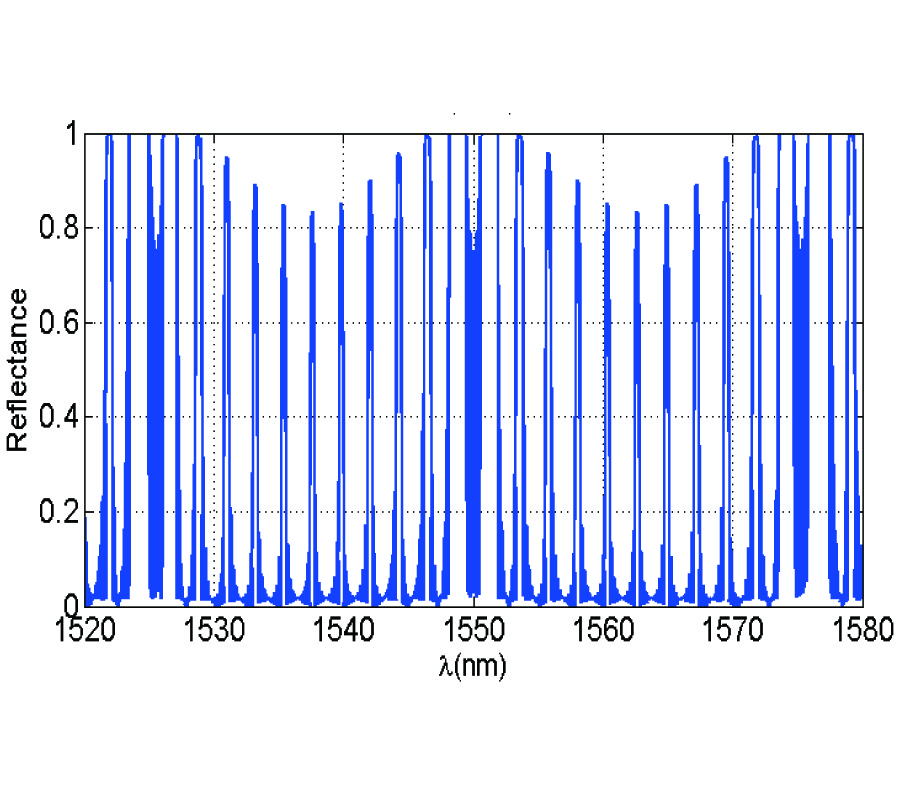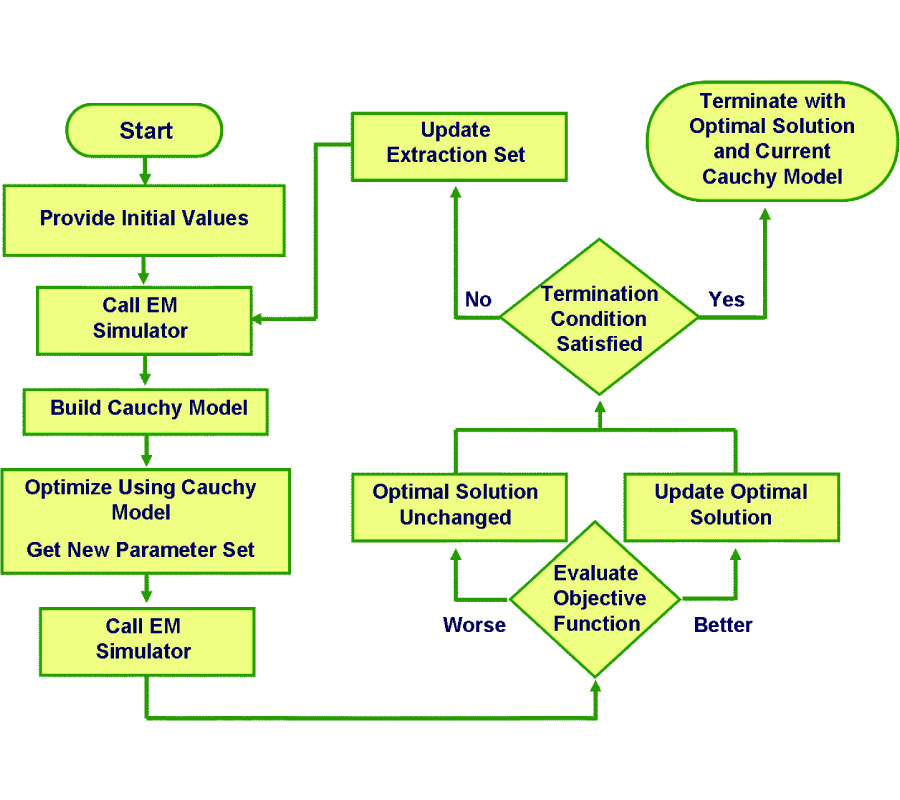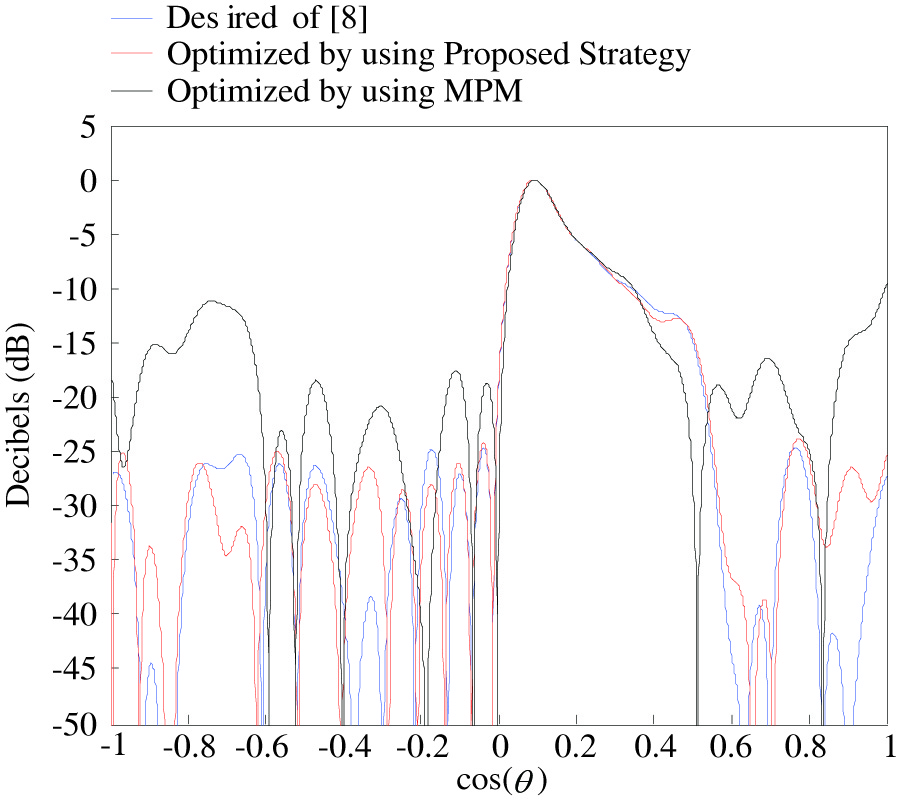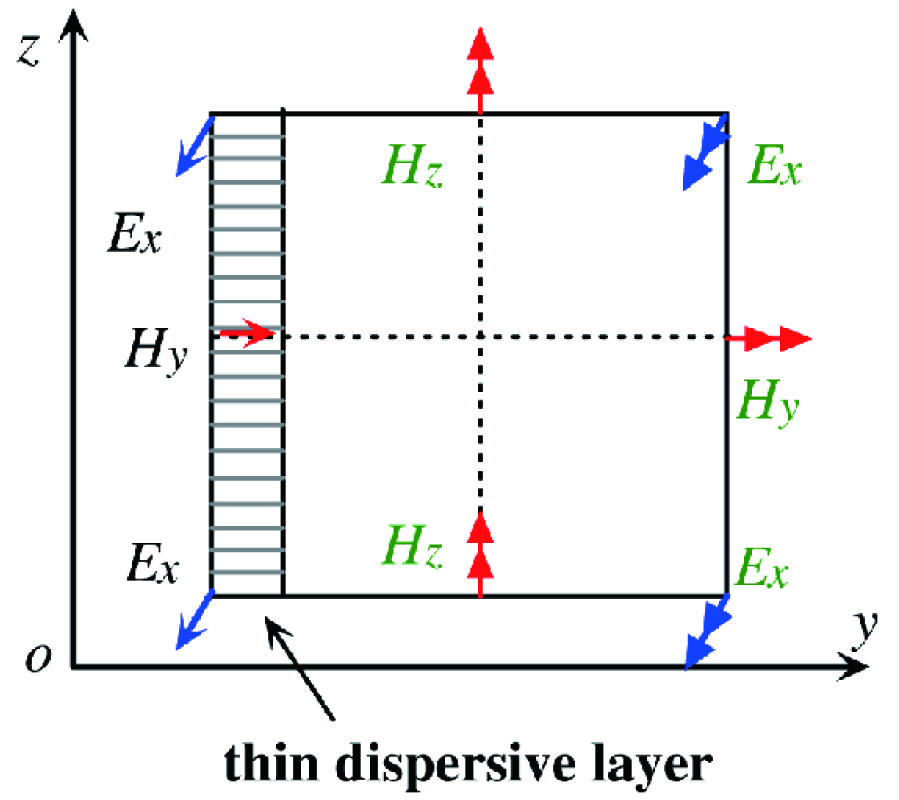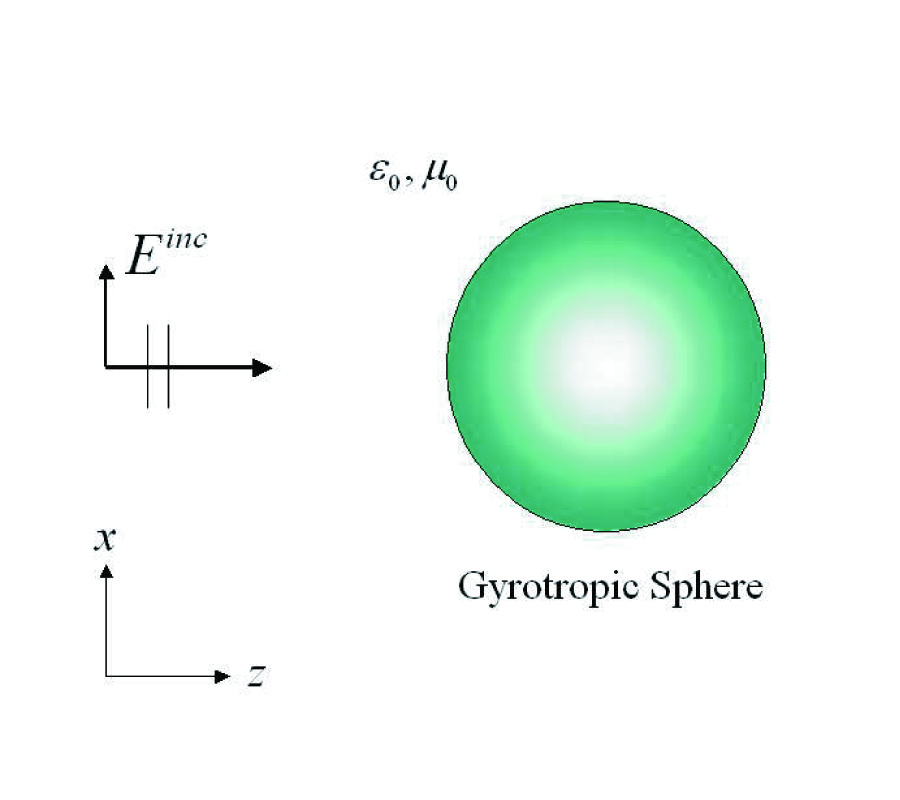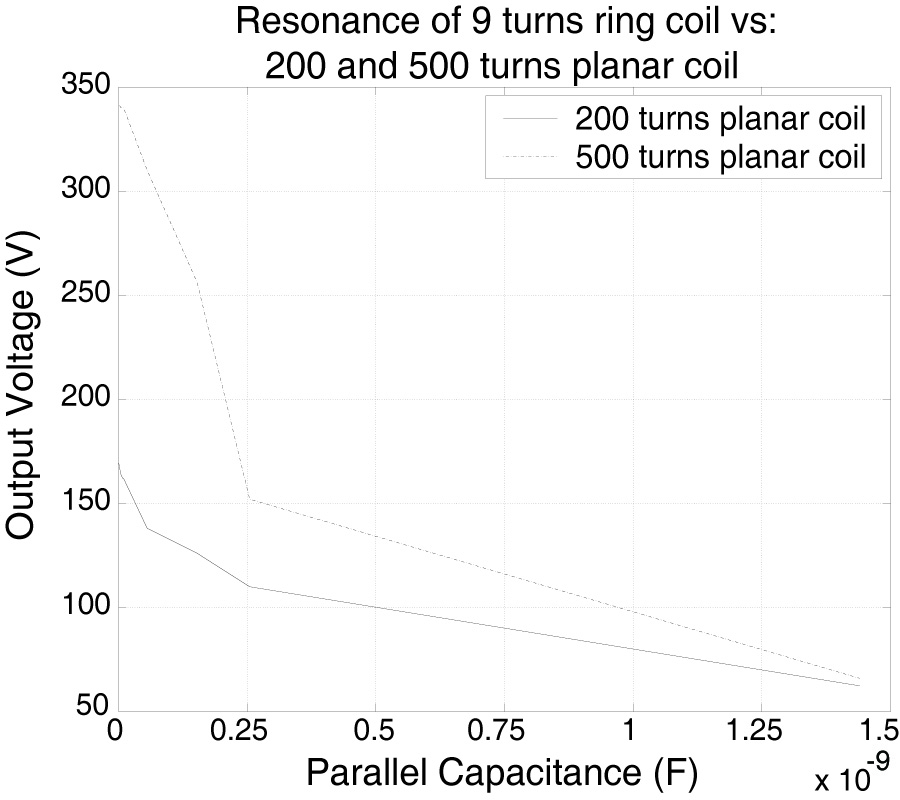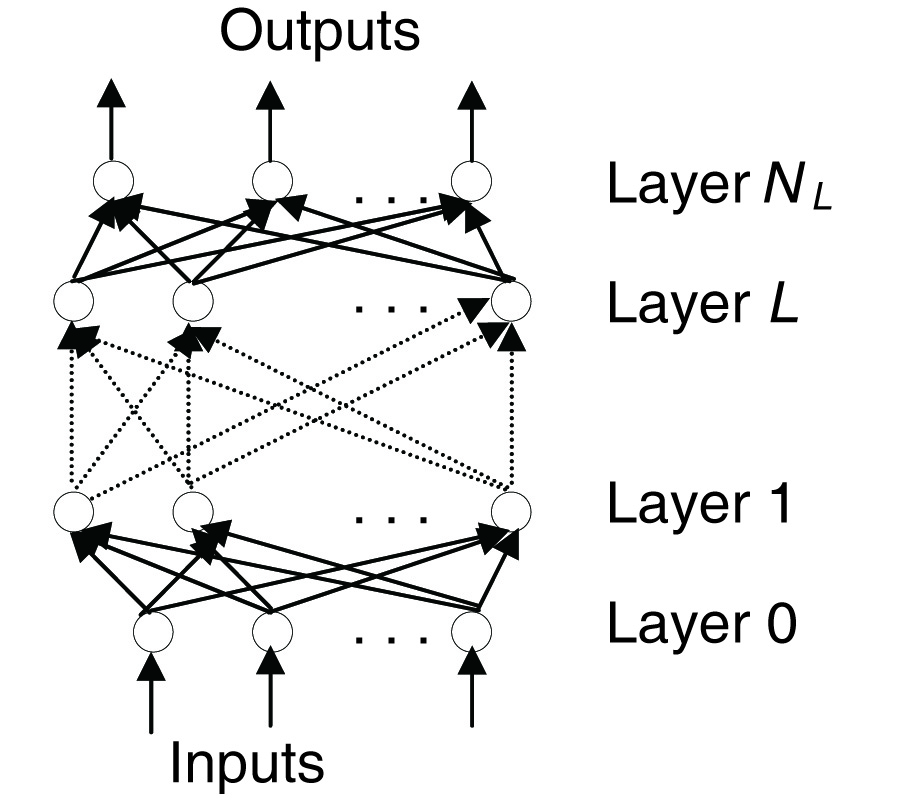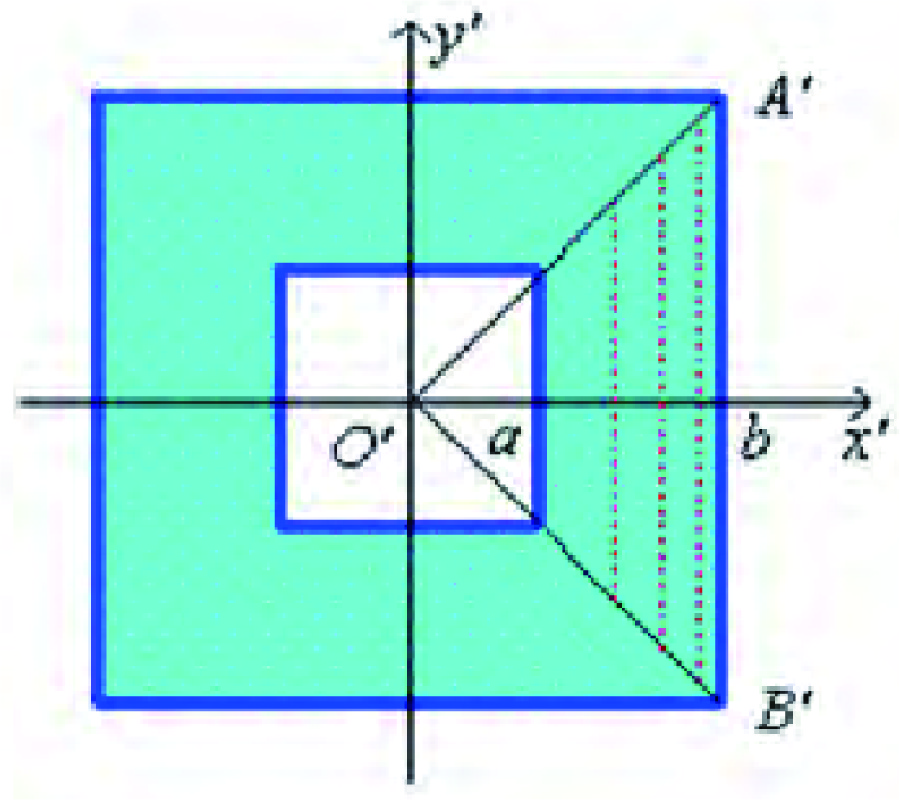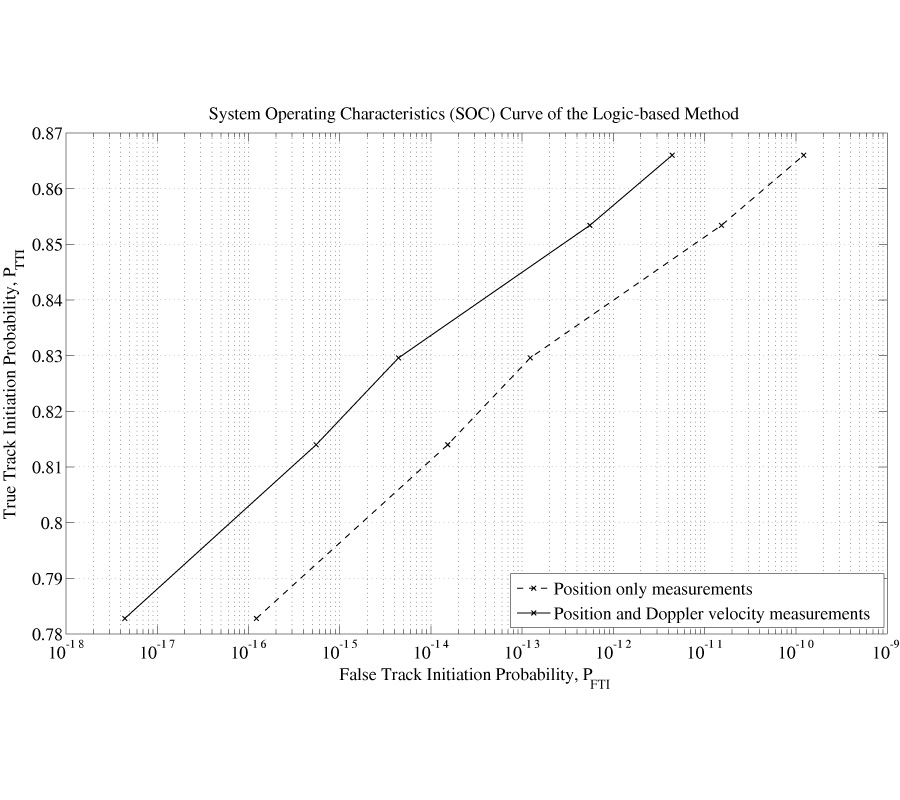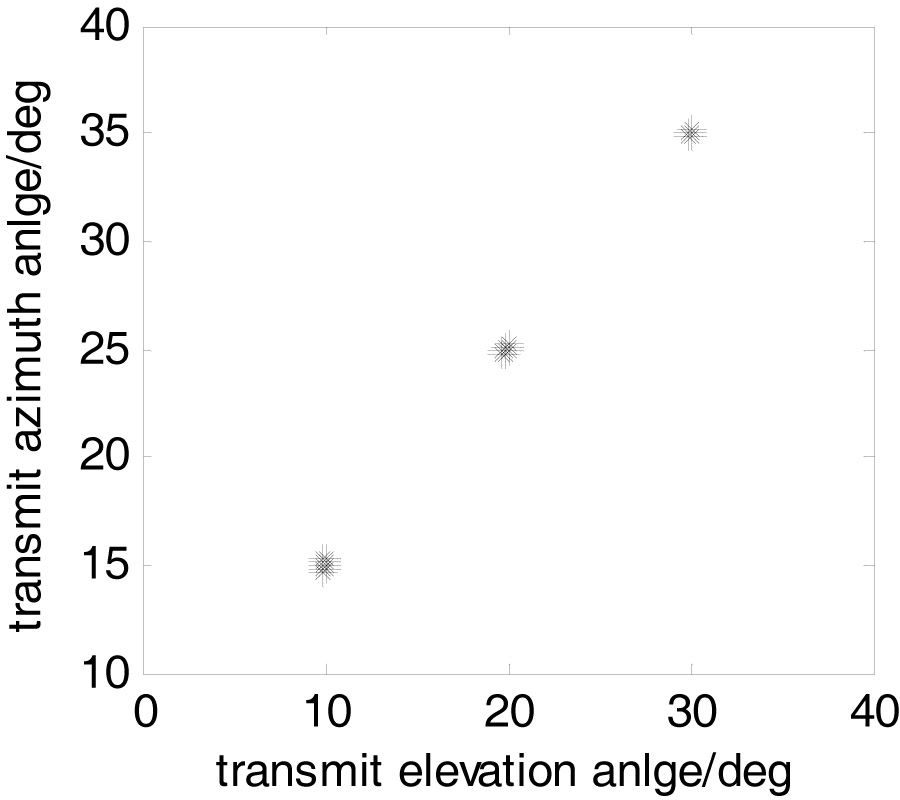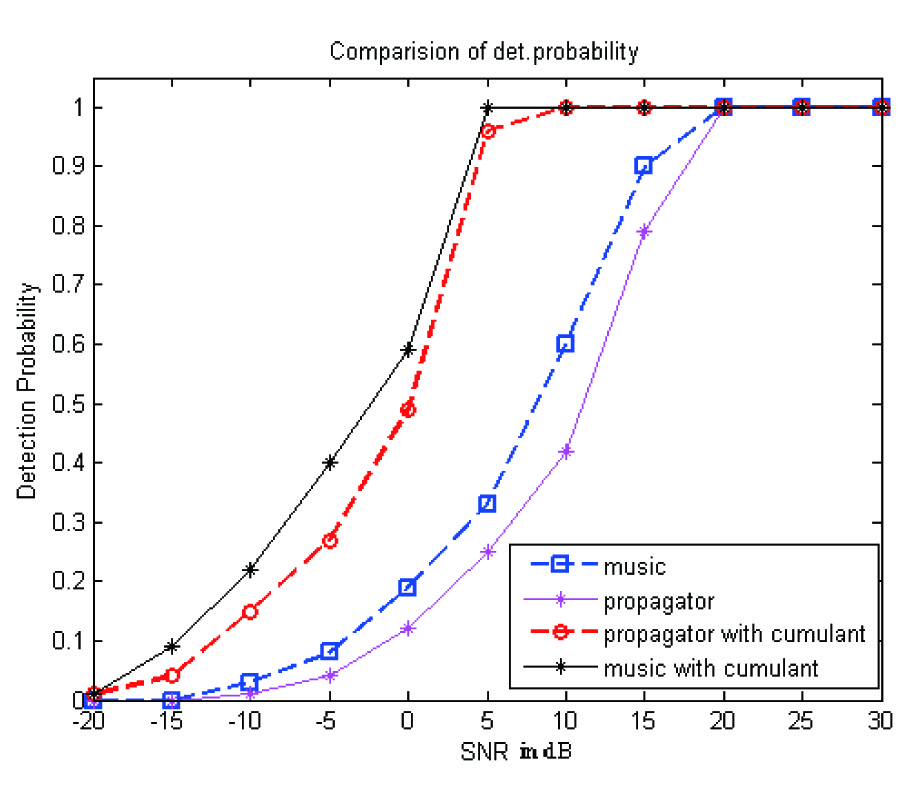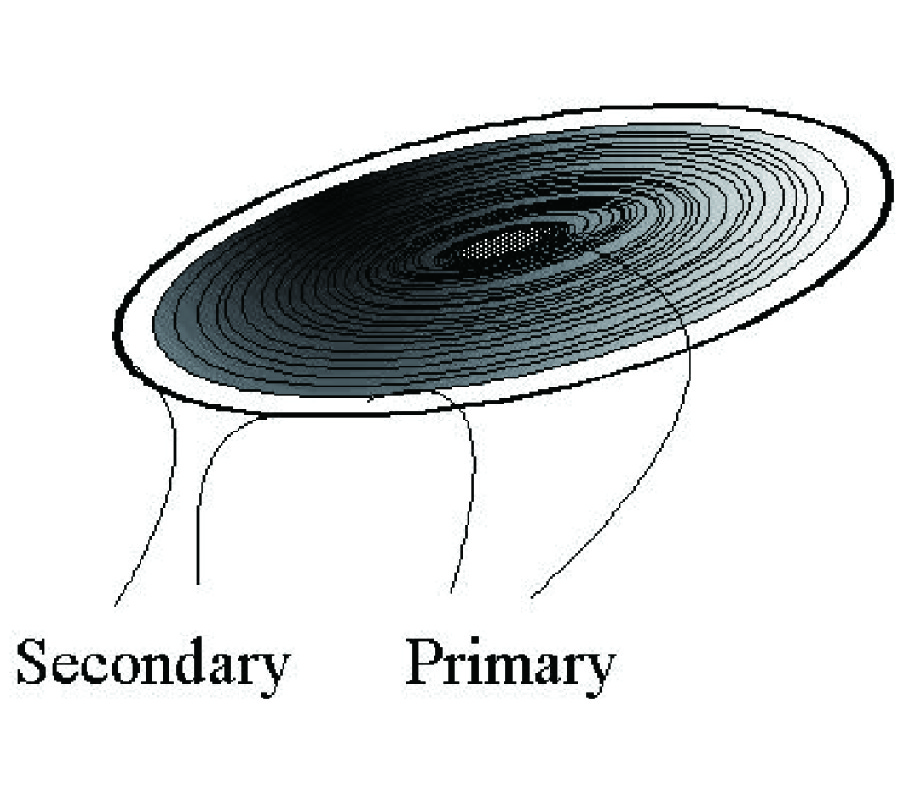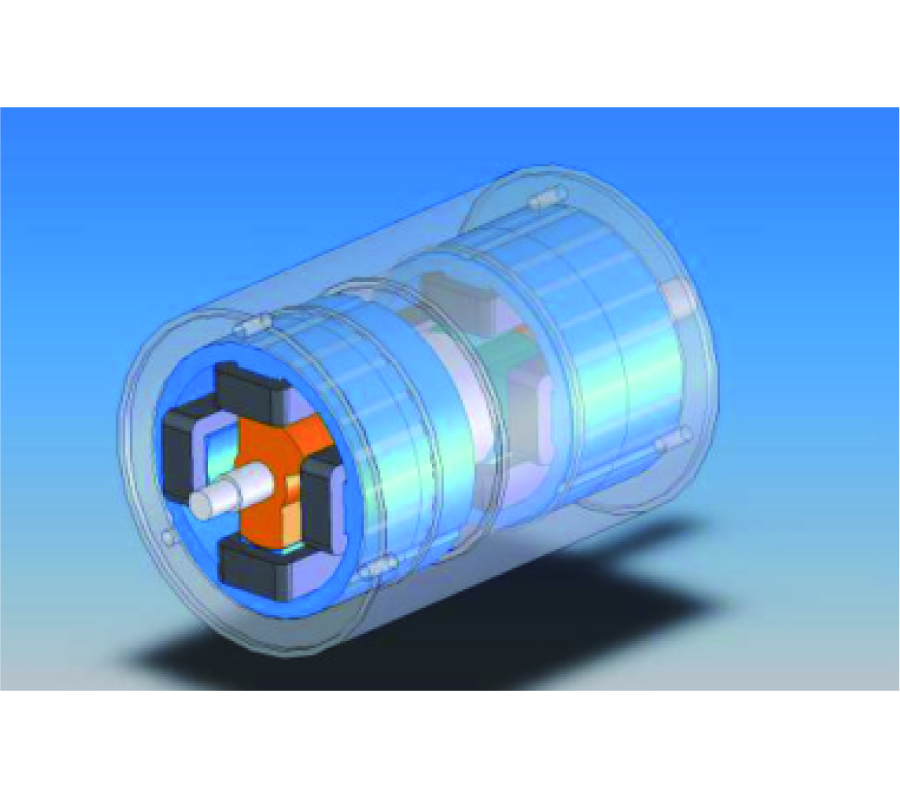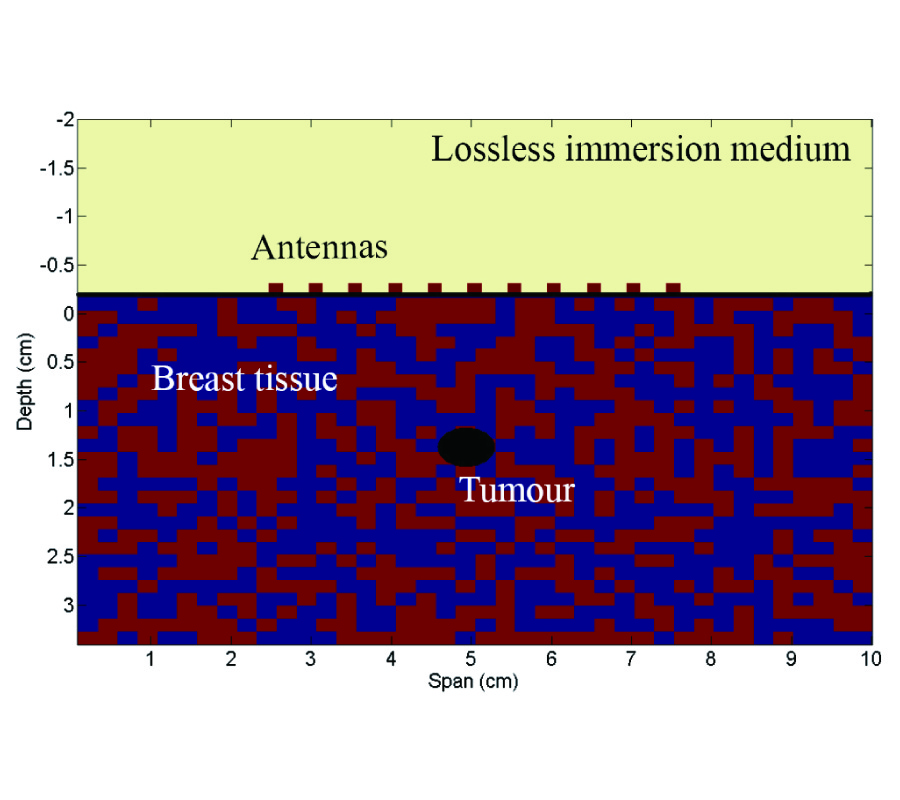2009-11-28 Latest Published
By Li Hu
Joshua Le-Wei Li
Tat Yeo
Progress In Electromagnetics Research B, Vol. 18, 381-399, 2009
Abstract
In this paper, the Adaptive Integral Method (AIM) has been extended to characterizing electromagnetic scattering by large scale finite periodic arrays with each cell comprising of either dielectric or metallic objects, by utilizing accurate sub-entire-domain (ASED) basis function. The solution process can be carried out in two steps. In the first step, a small problem is solved in order to construct ASED basis functions to be implemented for the second step. When dielectric materials are involved in the cell which results in a large number of unknowns for the small problem, the AIM can be used to accelerate the solution process and reduce the memory requirement. In the second step, the entire problem is solved using the ASED basis function constructed in the first step. The AIM can be enhanced with the ASED basis function implemented to solve the entire problem more efficiently. When calculating the near interaction impedance matrix, computation time can be significantly reduced by using the near impedance matrix in the first step. The complexity analysis shows that the computational time is O(N0 logN0) + O(M logM) and memory requirement is O(N0) + O(M), where N0 denotes the number of cells and M stands for the number of elements in one cell. The results calculated respectively by the ASED-AIM and the existing AIM are then compared and an excellent agreement has been observed, which demonstrates the accuracy of the proposed method. In the meantime, memory and computational time requirements have been considerably reduced using the ASED-AIM as compared to the existing AIM. Finally, an example with over 10 million unknowns is given to demonstrate the efficiency of the proposed method.
